Synergy 2011: Citrix updates XenClient, Receiver and HDX
The updates attempt to cater to businesses wanting improved speed, graphics and compatibility with virtual deployments.
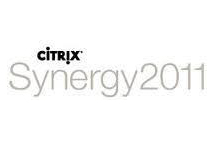

Citrix has introduced a range of refreshed versions of its virtualisation and app delivery products.
During its Synergy 2011 conference in San Francisco yesterday, the company launched XenClient 2, the latest iteration of Citrix's bare metal hypervisor.
Citrix has opened up the type 1 hypervisor's compatibility, meaning it can now bring virtual desktops to an estimated 45 million PCs and laptops over three times what the first XenClient could manage.
XenClient 2 also comes with greater graphics support for companies who require richer experiences.
"XenClient 2 truly allows you to bring personal clouds and business clouds together," said John Fanelli, vice president of product marketing for enterprise desktops and applications.
"We've really focused in on making this much more accessible and offer a simple user experience."
For organisations who want desktop virtualisation but need strong security and the ability to manage big workloads, Citrix has introduced XenClient XT.
Get the ITPro daily newsletter
Sign up today and you will receive a free copy of our Future Focus 2025 report - the leading guidance on AI, cybersecurity and other IT challenges as per 700+ senior executives
Aimed predominantly at the public sector, it allows organisations to run numerous "securely isolated desktop computing environments" on one physical system.
The "trusted boot capability," based on Intel Trusted Execution Technology, will check XenClient XT against known good configurations on every boot, to prevent outside tampering.
Receiver updates
Citrix has also moved to ensure Receiver - the client that brings together businesses' various apps is open to wider audiences.
The client can now run on over 1,000 different PC and Mac systems, 149 smartphones, 37 tablets and 10 different kinds of other thin clients.
Receiver can also work on top of the Google Chrome, HP webOS, iOS and Android operating systems.
Follow Me Apps and Follow Me Data capabilities were shown off too, allowing users to have their apps and data appear across devices on which they run Receiver.
To provide security in the Follow Me features, files and applications themselves are encrypted, rather than devices, which Citrix believes is the more suitable model for protecting businesses.
The Receiver iPad app has also been updated with faster application switching, better graphics, 40 per cent less bandwidth use, double pass encryption and jailbreak detection.
Hardcore
Citrix also announced the biggest update ever of its HDX technology, designed to improve performance and bandwidth efficiency within XenDesktop deployments.
For a graphics boost, Citrix has made improvements to Flash redirection, and added command remoting of DirectX and GDI+ graphics, integrated HDX 3D Pro and Microsoft RemoteFX technology.
Enhancements to the HDX WAN Optimisation technology has attempted to tackle latency issues over long distances, especially for Flash content, as Citrix tries to make WAN feel like LAN.
"HDX now brings crystal clear capabilities and top quality over long distances," Fanelli added.
Tom Brewster is currently an associate editor at Forbes and an award-winning journalist who covers cyber security, surveillance, and privacy. Starting his career at ITPro as a staff writer and working up to a senior staff writer role, Tom has been covering the tech industry for more than ten years and is considered one of the leading journalists in his specialism.
He is a proud alum of the University of Sheffield where he secured an undergraduate degree in English Literature before undertaking a certification from General Assembly in web development.
-
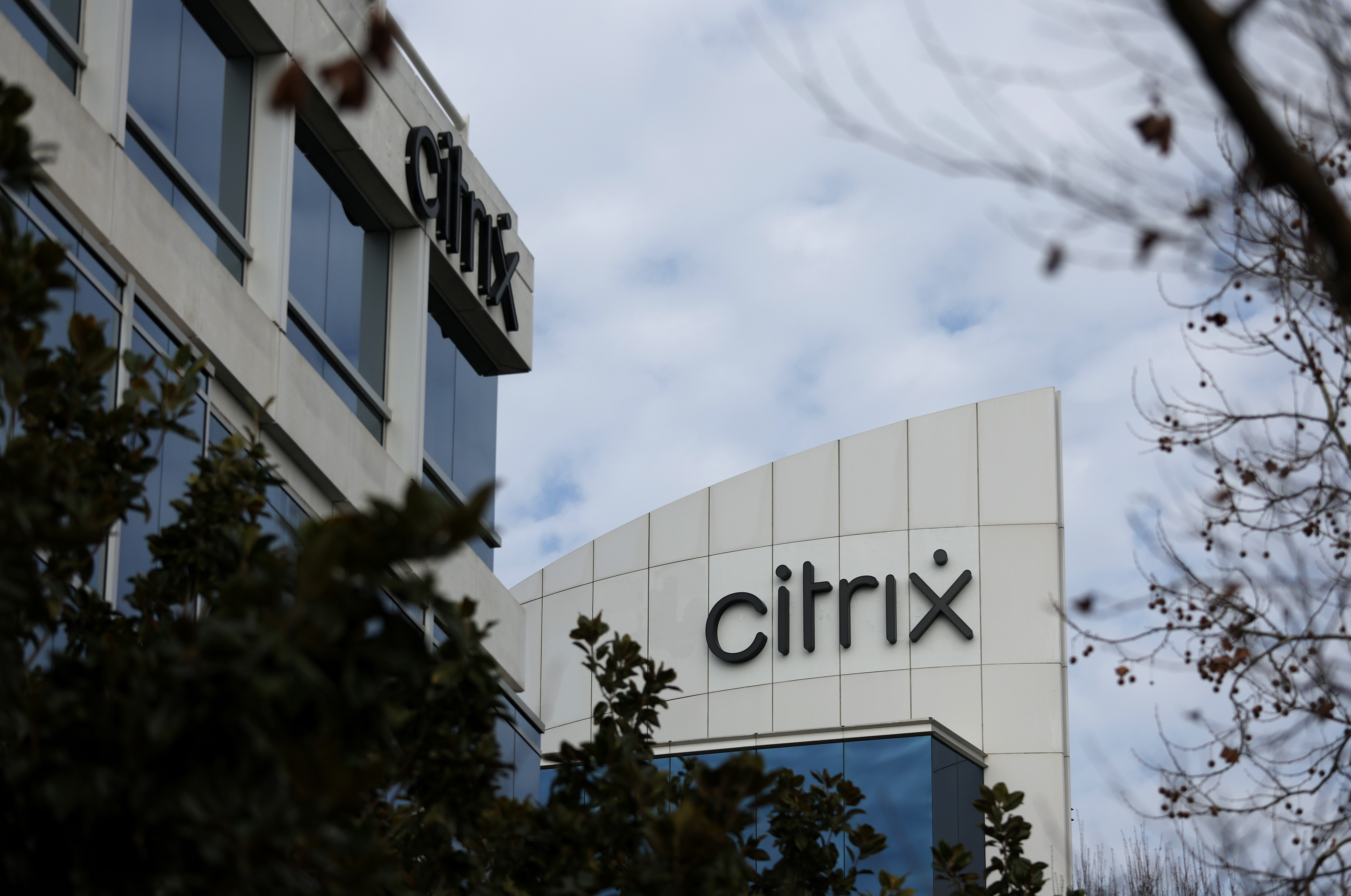 Citrix confirms two new NetScaler vulnerabilities as firms urged to patch immediately
Citrix confirms two new NetScaler vulnerabilities as firms urged to patch immediatelyNews Citrix has issued patches for two new vulnerabilities in its NetScaler ADC and Gateway appliances
By Solomon Klappholz
-
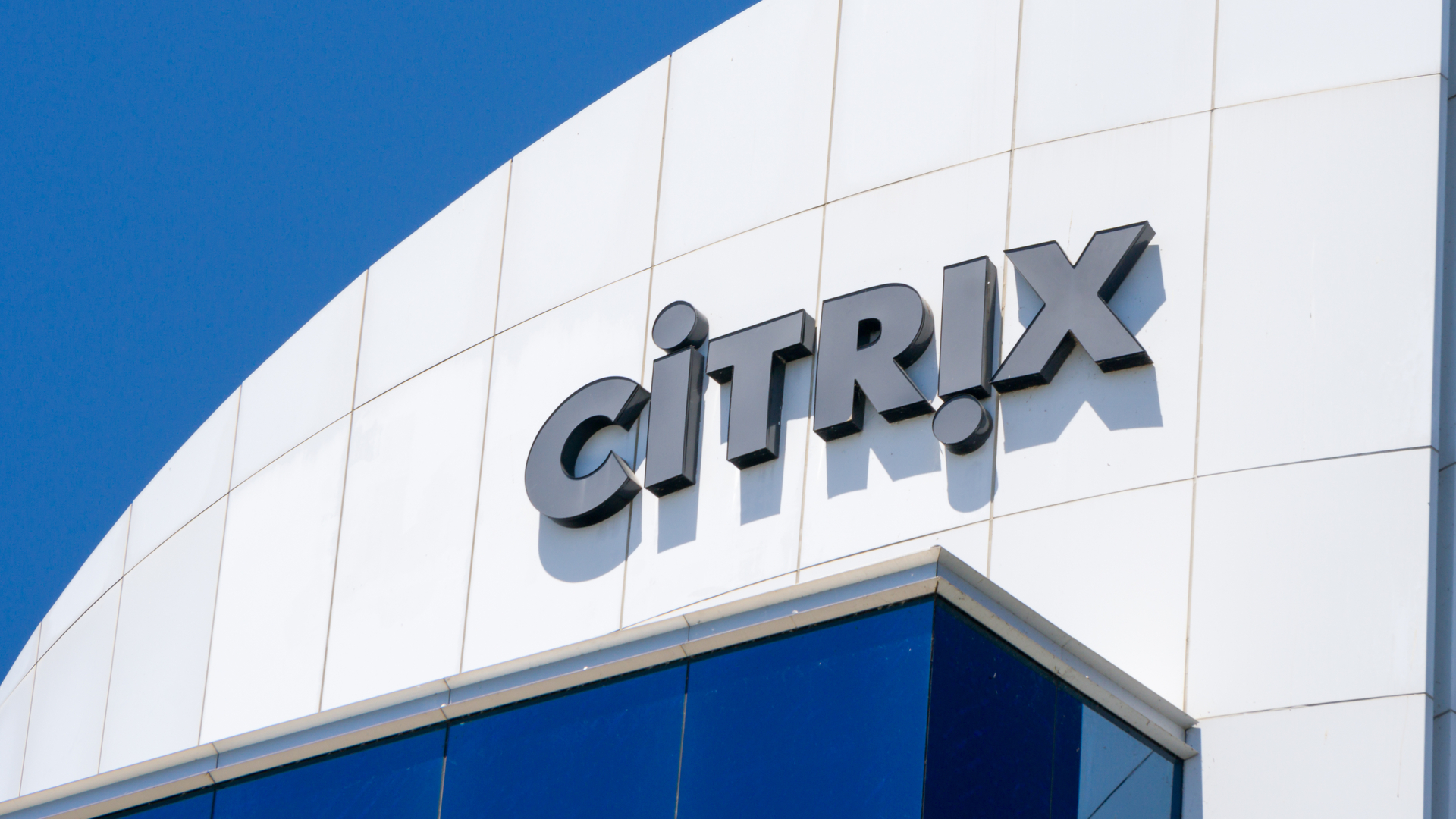 Citrix mulling potential sale after tumultuous 2021
Citrix mulling potential sale after tumultuous 2021News Share prices have tumbled due to consecutive quarters of "mixed" financial results
By Keumars Afifi-Sabet
-
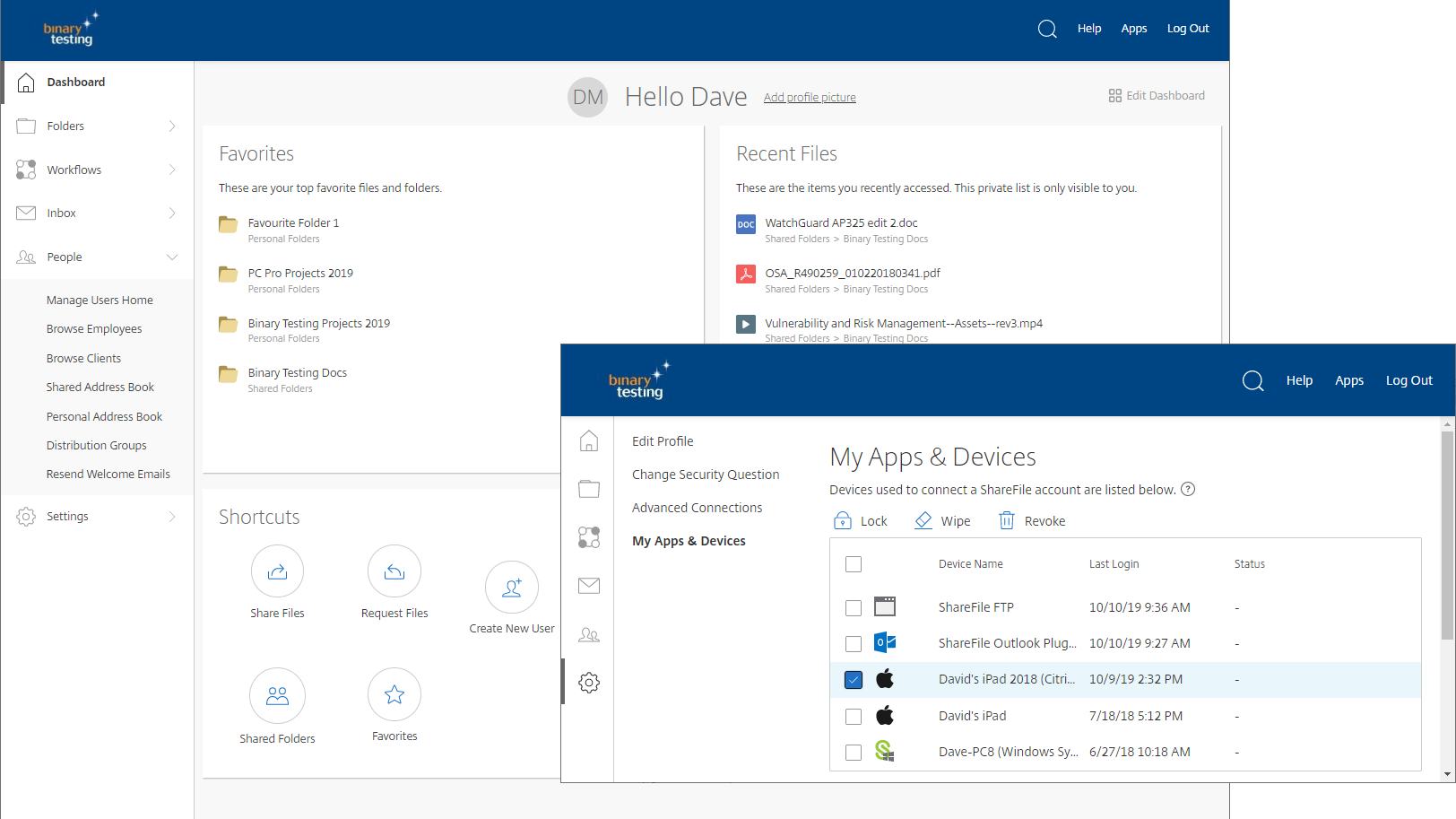
 Citrix ShareFile review: Slick collaboration, stonking price
Citrix ShareFile review: Slick collaboration, stonking priceReviews An affordable cloud service that’s easy to manage and perfect for businesses that need to share huge files
By Dave Mitchell
-
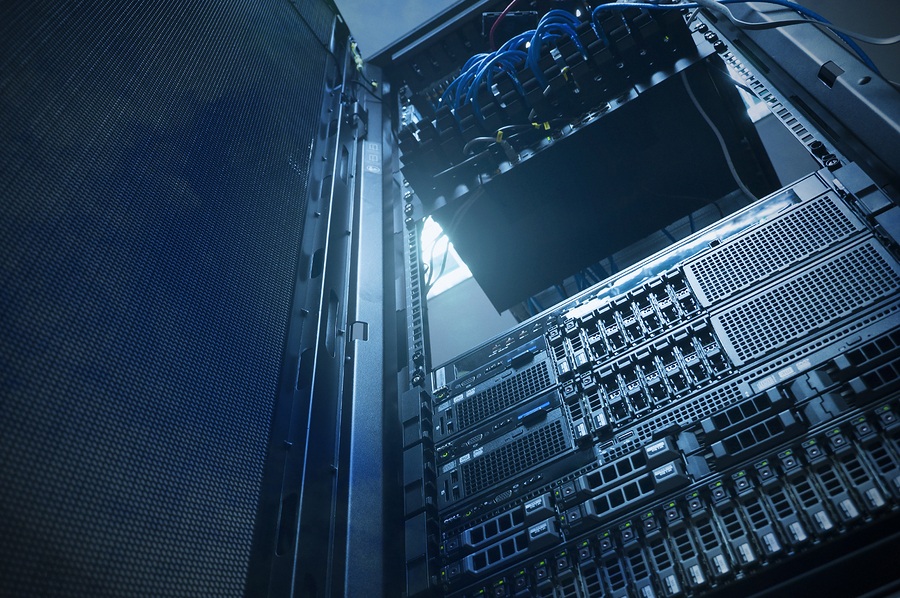 Server virtualization: What is it and what are the benefits?
Server virtualization: What is it and what are the benefits?In-depth Server virtualization offers a quick and effective way of creating a more efficient IT infrastructure, but how does it work?
By Adam Shepherd
-
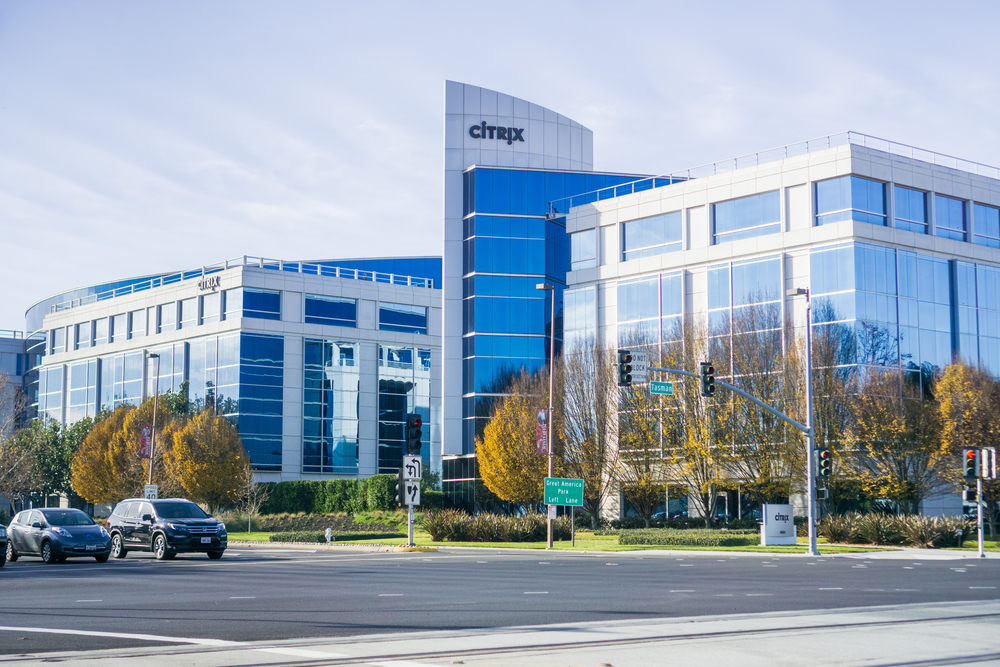 Everything you need to know about Citrix
Everything you need to know about CitrixIn-depth A comprehensive guide to Citrix, tracing its history from on-premises virtualization to cloud services, highlighting key acquisitions and business mission
By Keumars Afifi-Sabet
-
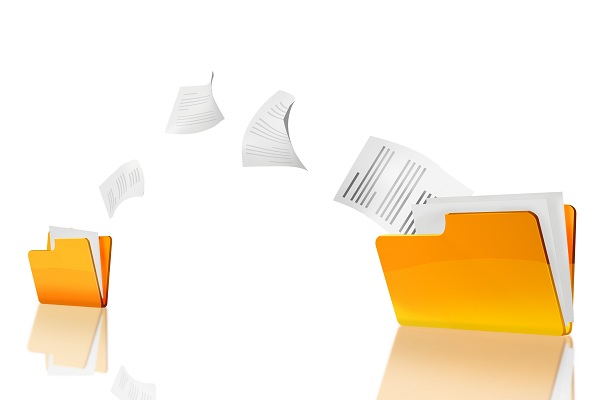 Citrix ShareFile: grown-up file sharing
Citrix ShareFile: grown-up file sharingIn-depth Steve Cassidy takes a look at what ShareFile has to offer.
By Steve Cassidy
-
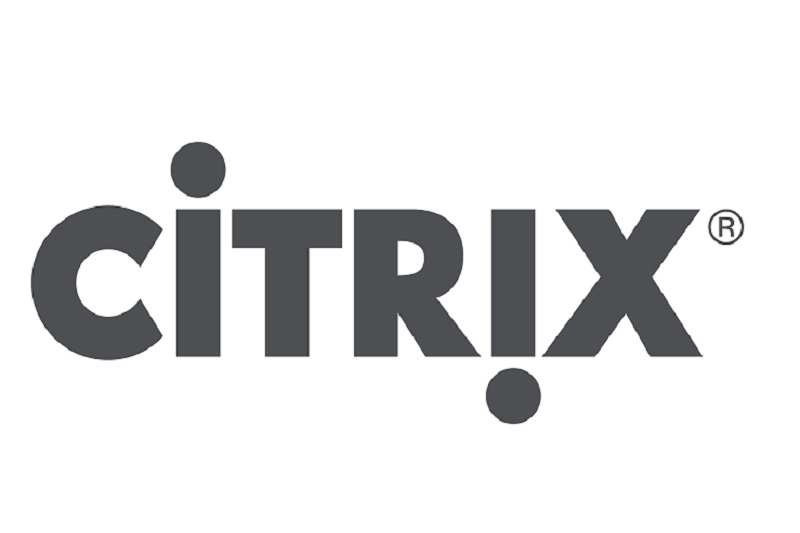 Citrix Synergy 2013: Citrix eyes mobile enterprise with latest XenDesktop version
Citrix Synergy 2013: Citrix eyes mobile enterprise with latest XenDesktop versionNews First fruits of Project Avalon are borne as Citrix offers businesses a way to maximise legacy Windows app investments in the mobile world.
By Maggie Holland
-
 Citrix Synergy 2012: Citrix takes a legendary turn with project Avalon
Citrix Synergy 2012: Citrix takes a legendary turn with project AvalonNews Virtualisation giant stretches 'as a service' possibilities with mythical new offering.
By Jane McCallion

